HEALTH
More: SpaceX Launches Falcon Heavy Rocket – Seen from Ponce Inlet, FL
Published
1 year agoon
More From Sci + Tech
-
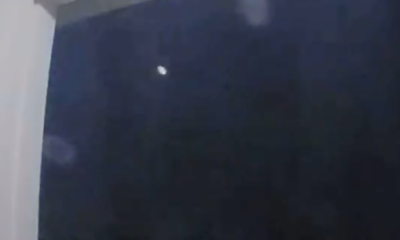

Alleged Meteor Fireball Hits Small Town in Indiana
-
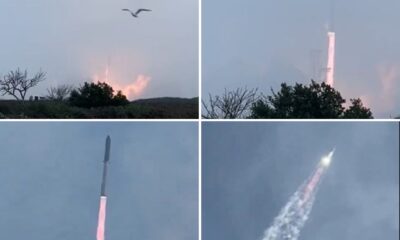

SpaceX Launch of Starship, the World’s Most Powerful Rocket, Per…
-


Eating 3 Handfuls of Almonds Per Day is a Natural…
-
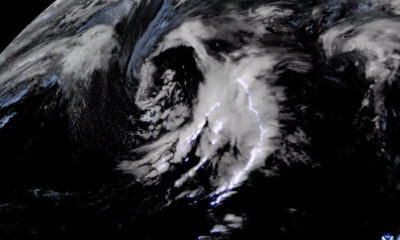

“Tons of lightning associated with a low pressure system north…
-


FDA Approves $3.5 Million One-Time Gene Therapy For Bleeding Disorder
-
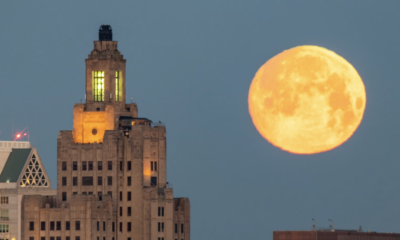

This morning’s 98.8% waxing gibbous setting behind the Providence skyline…
-
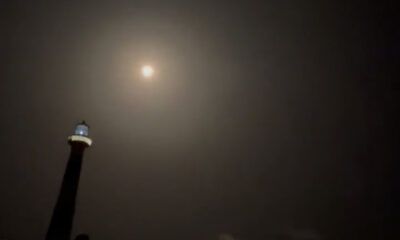

Cape Canaveral, FL, “Wow…great launch and landing! Great job, @SpaceX…
-
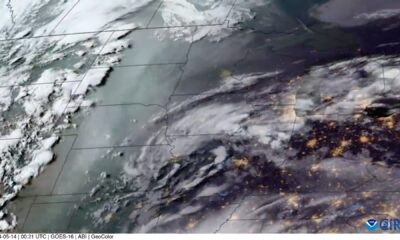

Drop in Air Quality from Parker Lake Fire in Southern…
-
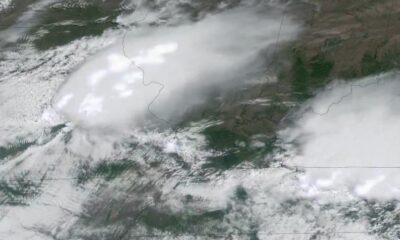

CIRA Imagery, Lightning strikes fill the skies above several Midwest…
-
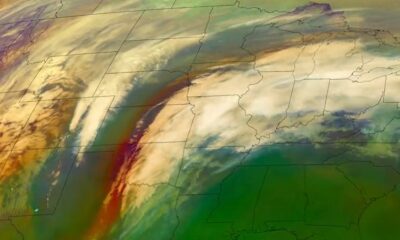

A ten-hour time lapse of the powerful winter storm taking…
-
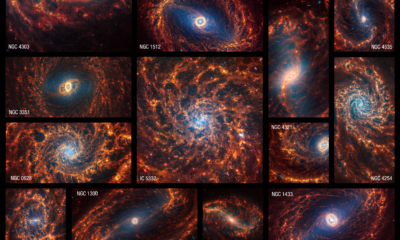

19 Spiral Galaxies – NASAs Webb Depicts Staggering Structure in…
-
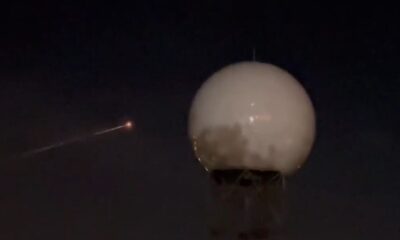

Space X Carrying Crew-6 Passes by Radar/Through Sky in Tampa…
